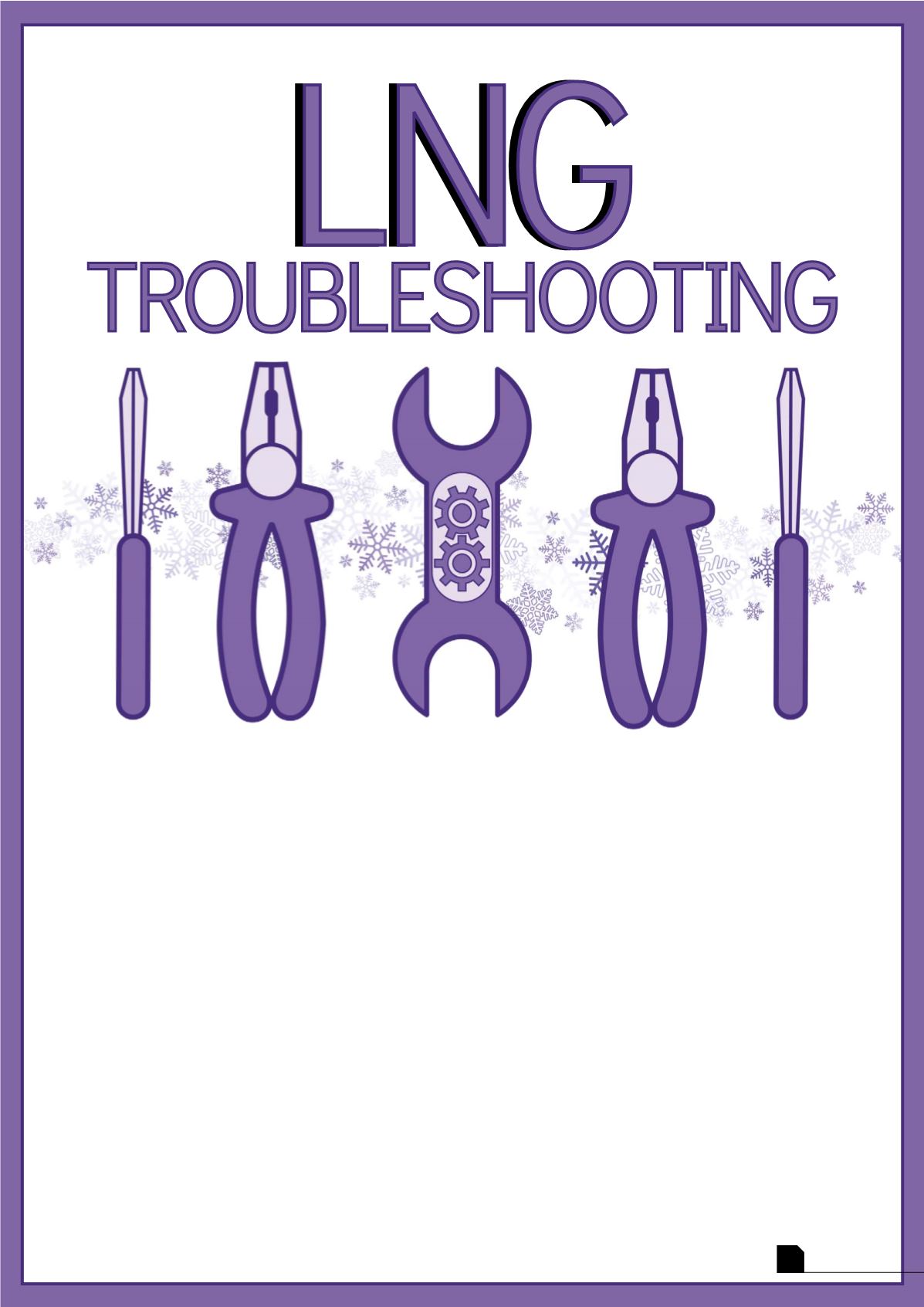
August
2019
55
HYDROCARBON
ENGINEERING
T
he process of treating and liquefying natural gas
into LNG is a complex and often delicate
operation. The profitability of a plant depends on
throughput, which is maximised by maintaining
stable operation, consistently meeting product
specifications, and managing a number of process
contaminants present in the feed gas to the facility or
produced within the process.
The specifications involved with natural gas liquefaction
are stringent and often difficult to maintain, as shown in
Table 1. The gas purity required for liquefaction is higher
than that for sales gas in several respects such as heavy
hydrocarbon content, carbon dioxide (CO
2
), oxygen, and
water. Additional restrictions are present as well for mercury
and benzene that are not of major concern in conventional
gas plants.
The liquefaction process is the back end of the LNG
plant and is downstream of all pre-treatment processes. In
the most common process, the gas stream is cooled by
propane and then further cooled and liquefied by mixed
refrigerant in the main cryogenic heat exchanger (MCHE).
Plant upsets caused by contaminants that often lead to
shutdowns or reduced throughput can usually be remedied
quickly in conventional gas plants, and the plant can return
to normal flow rates shortly thereafter. LNG facilities,
however, cannot recover as quickly from process upsets.
Due to the design of liquefaction units, start-up can take
several hours and sometimes days to get back down to the
low process temperatures required to liquefy gas.
Variations in feed gas composition can have a significant
effect on the liquefaction process. The amount of high
molecular weight hydrocarbons separated from the feed
gas and used at a heavy hydrocarbon recovery unit (HRU)
can affect the overall removal efficiency of the unit. A feed
gas that is leaner than the anticipated design can actually
result in more heavy hydrocarbons entering the liquefaction
stage and causing a series of fouling problems.
Ingression of mercaptans and other sulfur species can
also cause fouling in the cold plant section and affect the
specifications for total sulfur.
David Engel, Cody Ridge, and Scott Williams, Nexo Solutions,
Amine Optimization Company Division, USA,
analyse cryogenic
heat exchanger fouling troubleshooting at LNG facilities.








